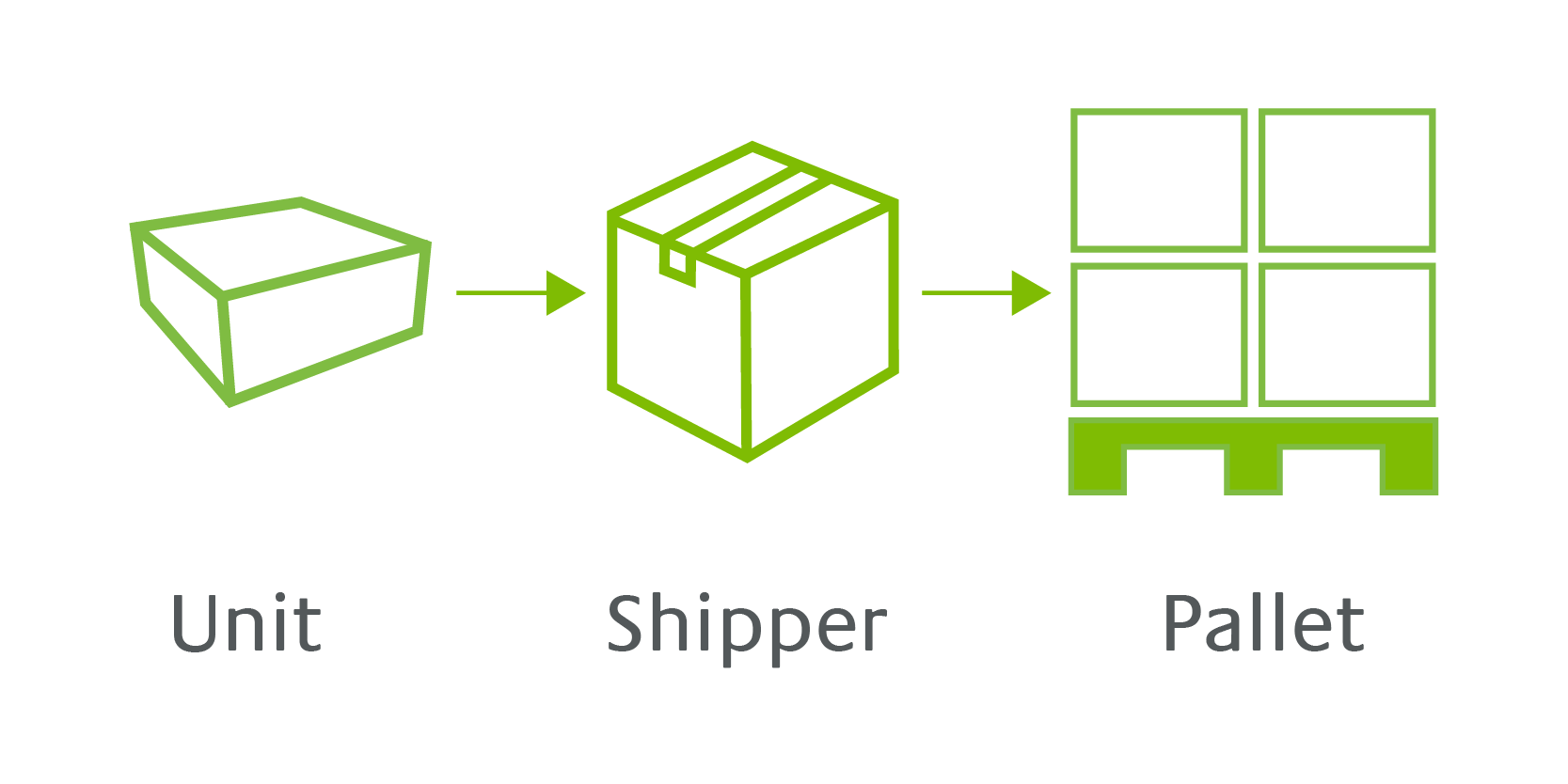Is a deadline an obligation or an opportunity? That’s something many pharmaceutical companies, particularly in the US, are considering right now as they look ahead to November 27, 2023. This is the date when the aggregation of serialized products into serialized cases and onto serialized pallets becomes mandatory in the US—along with the corresponding data that is captured and made available to all stakeholders.
Serialization was introduced by the US Food and Drug Administration (FDA) as part of its Lei de Segurança da Cadeia de Suprimentos de Medicamentos, to help support a safer and more secure domestic pharmaceutical supply chain. Its requirements for serialization and aggregation are intended to enhance supply chain security. But is waiting until that 2023 deadline to roll out aggregation really the best business decision? I discussed the issue with Alexander Klemp, Technical Services Project Manager at Sharp Packaging in a recent Systech Brand Protection Innovation webinar. As Alexander commented then, “We see about 95% of our clients currently aggregating on their initial deployment, as opposed to waiting until 2023. It adds some key value and features that commissioning alone at the unit level doesn’t have.”

Just one of the advantages offered by aggregating is the opportunity to re-examine your packaging processes and build in robust efficiency improvements. Think about it from the point of view of your packaging operations. If you’re only commissioning at unit level, you don’t necessarily know when a unit is serialized, commissioned and then decommissioned. It’s difficult to tell the difference by just looking at a decommissioned item or a commissioned one.
Alexander Klemp, Technical Services Project Manager
Sharp Packaging
At Systech, we certainly see how a more comprehensive approach can reduce supply chain risks. However, it’s important to note that, while unit-level serialization makes issues like counterfeiting less of a risk, it does not eradicate it. An extra layer of protection can be added via our digital e-Fingerprint® technology which uses the existing serialized barcode to deliver a digital layer of authentication for products as they travel through the supply chain.
With quality always a key focus for pharma manufacturers, aggregating before 2023 provides advantages in this area too. With serialização you’re spending far less time investigating issues and asking yourself questions like “Where are these items?” and “Why do we have 10,000 items when we were only supposed to have 9,000?”. You have a built-in robustness to your process that didn’t exist previously.
Aggregating before the FDA deadline offers more granular supply chain visibility and enhanced quality management, putting you ahead of the competition. Plus, aggregating at the start of your serialization program means you don’t have to modify it in the future. I should also add that, while it’s not mandated for companies distributing in the EU, doing so provides all the same benefits I’ve outlined here and more…
Why aggregate before November 2023? With so many advantages, from supply chain enhancements to efficiency improvements to greater quality control, surely the question should be: Why wouldn’t you?